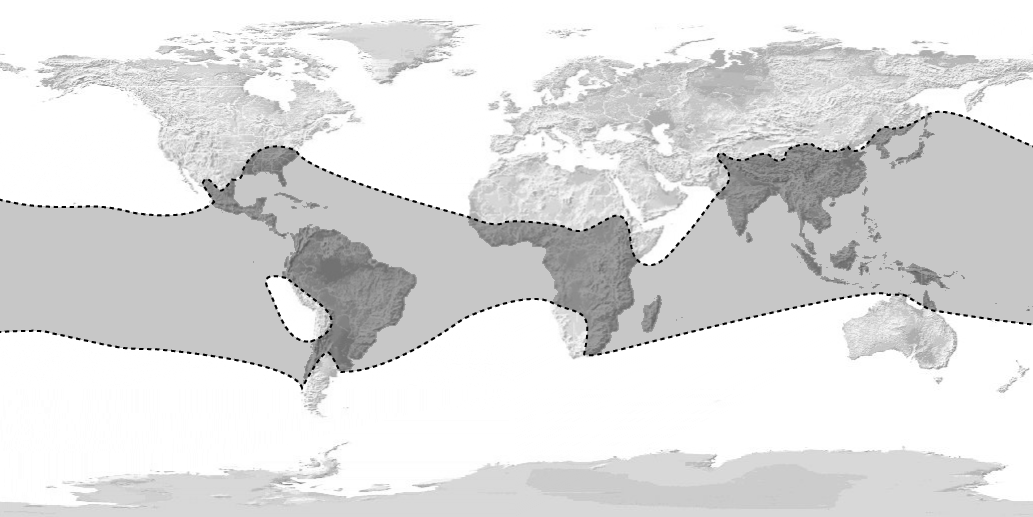|
Aulonemia Deflexa
''Aulonemia deflexa'' is a species of bamboo in the genus ''Aulonemia''. The species is part of the grass family Poaceae ( ), also called Gramineae ( ), is a large and nearly ubiquitous family of monocotyledonous flowering plants commonly known as grasses. It includes the cereal grasses, bamboos, the grasses of natural grassland and species cultivated in ... and is endemic to Latin America.Goudot, Justin P. 1846. Annales des Sciences Naturelles; Botanique, sér. 3 5: 75 References deflexa Taxa named by N. E. Brown Taxa named by Floyd Alonzo McClure {{bamboo-stub ... [...More Info...] [...Related Items...] OR: [Wikipedia] [Google] [Baidu] |
Floyd Alonzo McClure
Floyd Alonzo McClure (14 August 1897, Shelby County, Ohio – 15 April 1970, Bethesda, Maryland) was an American botanist and plant collector. He was one of the world's leading experts on bamboo and worked in China for 24 years. Biography McClure was educated at Otterbein College from 1914 to 1916. He transferred to Ohio State University, where he graduated with A.B. in 1918 and B.S. in agriculture in 1919. At Canton Christian College in Guangzhou, China, he was an instructor in horticulture from 1919 to 1923, an assistant professor of botany from 1923 to 1927, and curator of the herbarium from 1923 to 1927. In 1921 Kang-Peng To was the plant co-collector with McClure on Hainan Island. In 1927 the management of Canton Christian College was transferred from American to Chinese people, and the English name of the institution was changed to "Lingnan University". At Lingnan University, McClure was an assistant professor from 1927 to 1928, an associate professor from 1928 to 1931, ... [...More Info...] [...Related Items...] OR: [Wikipedia] [Google] [Baidu] |
Bamboo
Bamboos are a diverse group of mostly evergreen perennial plant, perennial flowering plants making up the subfamily (biology), subfamily Bambusoideae of the grass family Poaceae. Giant bamboos are the largest members of the grass family, in the case of ''Dendrocalamus sinicus'' having individual stalks (Culm (botany), culms) reaching a length of , up to in thickness and a weight of up to . The internodes of bamboos can also be of great length. ''Kinabaluchloa, Kinabaluchloa wrayi'' has internodes up to in length. and ''Arthrostylidium schomburgkii'' has internodes up to in length, exceeded in length only by Cyperus papyrus, papyrus. By contrast, the stalks of the tiny bamboo Raddiella, ''Raddiella vanessiae'' of the savannas of French Guiana measure only in length by about in width. The origin of the word "bamboo" is uncertain, but it most likely comes from the Dutch language, Dutch or Portuguese language, Portuguese language, which originally borrowed it from Malay langua ... [...More Info...] [...Related Items...] OR: [Wikipedia] [Google] [Baidu] |
Aulonemia
''Aulonemia'' is a genus of bamboo in the grass family. It is native to Central America and tropical South America. ;Species ;Formerly included see '' Colanthelia Olmeca'' * ''Aulonemia cingulata - Colanthelia cingulata'' * ''Aulonemia clarkiae - Olmeca clarkiae'' * ''Aulonemia fulgor - Olmeca fulgor'' * ''Aulonemia intermedia - Colanthelia intermedia'' * ''Aulonemia lanciflora - Colanthelia lanciflora'' See also *List of Poaceae genera Poaceae, also known as the true grasses, is the fourth largest plant family in the world with around 12,000 species and roughly 800 genera. They contain, among others, the cereal crop species and other plants of economic importance, such as the b ... References {{Taxonbar, from=Q286434 Bambusoideae genera Flora of the Neotropical realm ... [...More Info...] [...Related Items...] OR: [Wikipedia] [Google] [Baidu] |
Poaceae
Poaceae ( ), also called Gramineae ( ), is a large and nearly ubiquitous family of monocotyledonous flowering plants commonly known as grasses. It includes the cereal grasses, bamboos, the grasses of natural grassland and species cultivated in lawns and pasture. The latter are commonly referred to collectively as grass. With around 780 genera and around 12,000 species, the Poaceae is the fifth-largest plant family, following the Asteraceae, Orchidaceae, Fabaceae and Rubiaceae. The Poaceae are the most economically important plant family, including staple foods from domesticated cereal crops such as maize, wheat, rice, oats, barley, and millet for people and as feed for meat-producing animals. They provide, through direct human consumption, just over one-half (51%) of all dietary energy; rice provides 20%, wheat supplies 20%, maize (corn) 5.5%, and other grains 6%. Some members of the Poaceae are used as building materials ( bamboo, thatch, and straw); oth ... [...More Info...] [...Related Items...] OR: [Wikipedia] [Google] [Baidu] |
Taxa Named By N
In biology, a taxon (back-formation from ''taxonomy''; : taxa) is a group of one or more populations of an organism or organisms seen by taxonomists to form a unit. Although neither is required, a taxon is usually known by a particular name and given a particular ranking, especially if and when it is accepted or becomes established. It is very common, however, for taxonomists to remain at odds over what belongs to a taxon and the criteria used for inclusion, especially in the context of rank-based (" Linnaean") nomenclature (much less so under phylogenetic nomenclature). If a taxon is given a formal scientific name, its use is then governed by one of the nomenclature codes specifying which scientific name is correct for a particular grouping. Initial attempts at classifying and ordering organisms (plants and animals) were presumably set forth in prehistoric times by hunter-gatherers, as suggested by the fairly sophisticated folk taxonomies. Much later, Aristotle, and later still ... [...More Info...] [...Related Items...] OR: [Wikipedia] [Google] [Baidu] |

